-
 Bitcoin
Bitcoin $118300
-1.72% -
 Ethereum
Ethereum $3591
-0.69% -
 XRP
XRP $3.478
-3.53% -
 Tether USDt
Tether USDt $1.001
-0.01% -
 BNB
BNB $737.7
-0.54% -
 Solana
Solana $177.3
-2.40% -
 USDC
USDC $0.9999
-0.01% -
 Dogecoin
Dogecoin $0.2538
7.04% -
 TRON
TRON $0.3256
-0.85% -
 Cardano
Cardano $0.8332
-3.48% -
 Hyperliquid
Hyperliquid $44.80
-3.30% -
 Stellar
Stellar $0.4672
-6.09% -
 Sui
Sui $3.828
-5.98% -
 Chainlink
Chainlink $18.15
-3.41% -
 Hedera
Hedera $0.2655
-7.16% -
 Bitcoin Cash
Bitcoin Cash $517.5
-0.64% -
 Avalanche
Avalanche $23.89
-2.37% -
 Shiba Inu
Shiba Inu $0.00001519
-0.45% -
 UNUS SED LEO
UNUS SED LEO $8.973
0.13% -
 Toncoin
Toncoin $3.211
-2.54% -
 Litecoin
Litecoin $103.5
-3.58% -
 Polkadot
Polkadot $4.313
-3.90% -
 Uniswap
Uniswap $10.31
0.67% -
 Monero
Monero $325.4
-2.88% -
 Bitget Token
Bitget Token $5.049
3.51% -
 Ethena USDe
Ethena USDe $1.002
0.04% -
 Pepe
Pepe $0.00001346
-2.96% -
 Dai
Dai $0.9999
-0.02% -
 Aave
Aave $322.1
-2.93% -
 Bittensor
Bittensor $411.9
-4.70%
What is a crypto rug pull?
A rug pull is a crypto scam where developers suddenly remove or lock liquidity, leaving investors with worthless tokens.
Jul 19, 2025 at 09:35 am
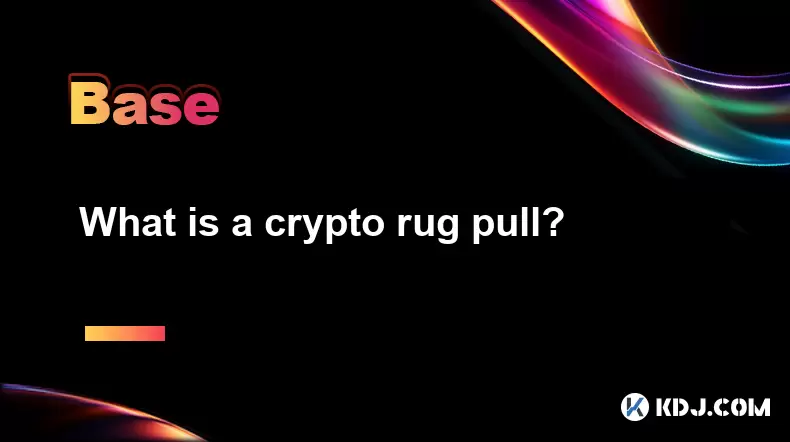
Understanding the Concept of a Crypto Rug Pull
A rug pull is a type of scam prevalent in the decentralized finance (DeFi) and cryptocurrency space. It involves developers or creators of a token or decentralized application (dApp) suddenly removing liquidity or locking it, effectively making the token untradeable or valueless. This often happens in unregulated or semi-regulated environments like decentralized exchanges (DEXs), where there's minimal oversight or KYC (Know Your Customer) requirements.
These scams typically occur in newly launched tokens that promise high returns or yield farming opportunities. The developers gain the trust of investors, attract significant liquidity, and then disappear with the funds, leaving investors with worthless tokens.
This sudden withdrawal of liquidity is what gives the scam its name — the rug is metaphorically pulled from under the investors' feet.
How a Rug Pull Works in Practice
Rug pulls often follow a predictable pattern. A new token is launched, usually on a blockchain like Ethereum or Binance Smart Chain, and is promoted through social media, influencers, or online forums. The creators may claim that the token is backed by a new DeFi protocol, a play-to-earn game, or a yield farming platform.
Once enough investors have purchased tokens and added liquidity to a decentralized exchange, the developers execute the rug pull. This can be done in several ways:
- Removing liquidity from the liquidity pool — The creators withdraw the paired token (e.g., ETH or BNB) from the liquidity pool, making it impossible for others to sell.
- Locking the liquidity pool — They use smart contract code to lock the liquidity forever, preventing any future withdrawals.
- Token manipulation — They may hold a large percentage of the token supply and dump it all at once, causing the price to crash.
These actions are often irreversible and are coded into the smart contract from the beginning, unbeknownst to investors.
Types of Rug Pulls
There are primarily two types of rug pulls: soft rug pulls and hard rug pulls.
- Soft Rug Pull — In this case, the developers do not completely drain the liquidity pool but start selling their own tokens aggressively, causing the price to drop significantly. They may still maintain some level of activity while gradually exiting the project.
- Hard Rug Pull — This is the more malicious form where the liquidity is completely removed or locked, and the developers vanish entirely. Investors are left with tokens that have no trading pair and are essentially worthless.
Both types can be devastating for investors, especially those who entered during the hype phase of the token’s launch.
Identifying Potential Rug Pulls
While rug pulls can be difficult to detect in real-time, there are certain red flags that investors should watch out for:
- Anonymous development teams — Projects with no identifiable team members are more likely to be scams.
- Unrealistic returns — Promises of extremely high yields or guaranteed profits should raise suspicion.
- Locked or removable liquidity — Check if the liquidity pool is locked via a contract and for how long.
- Large token ownership concentration — If a single wallet holds a significant portion of the token supply, it poses a risk.
- Low audit score or no audit — Projects that haven't been audited by reputable firms are more vulnerable to manipulation.
Tools like Dune Analytics, BscScan, or Etherscan can help users inspect the smart contract and check for rug pull risks.
Real-World Examples of Rug Pulls
Several high-profile rug pulls have occurred in the crypto space. One of the most infamous was the SushiSwap incident in 2020, where the founder, Chef Nomi, sold his SUSHI tokens, causing a massive price crash and panic among investors.
Another example is the Frosties NFT project, which raised over $1 million before disappearing. The team behind the project vanished after minting and selling the NFTs, locking liquidity, and leaving buyers with no recourse.
These cases highlight how even seemingly legitimate projects can turn into rug pulls, emphasizing the need for due diligence before investing.
Protecting Yourself from Rug Pulls
To avoid falling victim to rug pulls, investors should take several precautions:
- Verify the team — Look for real identities and track records of the developers.
- Check liquidity lock status — Use platforms like PancakeSwap or HoneyPot.is to verify if the liquidity is locked and for how long.
- Review the smart contract — Use blockchain explorers to analyze the contract code or hire a professional auditor.
- Monitor token distribution — Check if a single wallet holds a large portion of the supply using tools like BscScan.
- Stay away from hype-driven projects — Avoid jumping into new tokens just because they’re trending on social media.
By taking these steps, investors can significantly reduce the risk of being caught in a rug pull.
Frequently Asked Questions (FAQs)
Q: Can rug pulls happen on centralized exchanges?
A: Rug pulls are more common on decentralized exchanges because of the lack of regulation and verification. Centralized exchanges usually have stricter listing requirements, making such scams less likely.
Q: Are all new tokens rug pull risks?
A: No, not all new tokens are rug pull risks. However, new tokens, especially those without audits or transparent teams, carry higher risks. Investors should always do their research.
Q: Is it possible to recover funds after a rug pull?
A: Recovery is extremely rare. Once the liquidity is removed or locked, the funds are usually inaccessible. Law enforcement agencies have limited ability to trace or recover funds on the blockchain.
Q: How can I check if a token is a rug pull before investing?
A: You can use tools like Dune Analytics, BscScan, or Etherscan to inspect the smart contract. Look for liquidity lock status, token ownership distribution, and whether the contract has been renounced.
Disclaimer:info@kdj.com
The information provided is not trading advice. kdj.com does not assume any responsibility for any investments made based on the information provided in this article. Cryptocurrencies are highly volatile and it is highly recommended that you invest with caution after thorough research!
If you believe that the content used on this website infringes your copyright, please contact us immediately (info@kdj.com) and we will delete it promptly.
- Crypto Picks: Navigating the Meme Coin Mania – Toshi, Ski Mask Dog, and the Elusive Pepe Coin 30,000% Rally
- 2025-07-19 14:30:13
- MoonBull, Meme Coins, and Your Watchlist: What's Hot Right Now
- 2025-07-19 14:30:13
- Crypto Market Mania: Ethereum Surges, Trump's Company Cashes In!
- 2025-07-19 12:30:13
- NFT Trading, Users, and the Quest for a Comeback: What's the Deal?
- 2025-07-19 12:30:13
- Baby Sex: Unpacking the Influencing Factors and Birth Sex Trends
- 2025-07-19 12:50:13
- Satoshi Nakamoto, Bitcoin, and Bill Gates: A New World Order?
- 2025-07-19 13:15:12
Related knowledge

What is the Inter-Blockchain Communication Protocol (IBC)?
Jul 19,2025 at 10:43am
Understanding the Inter-Blockchain Communication Protocol (IBC)The Inter-Blockchain Communication Protocol (IBC) is a cross-chain communication protoc...
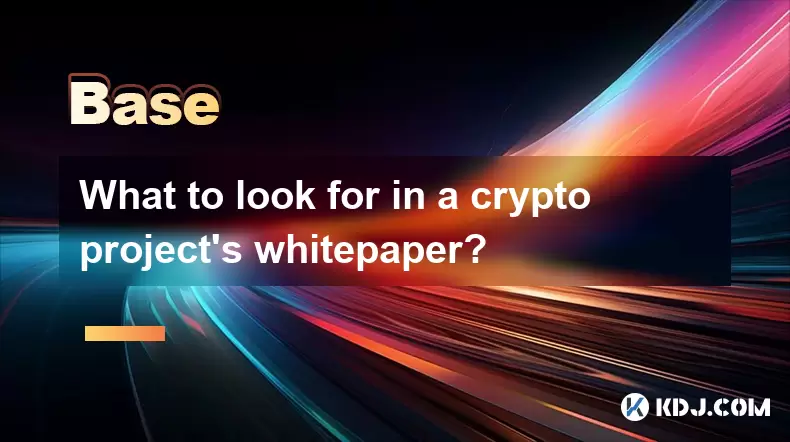
What to look for in a crypto project's whitepaper?
Jul 19,2025 at 01:42pm
Understanding the Purpose of a WhitepaperA whitepaper is a foundational document for any cryptocurrency project, often serving as the first point of c...
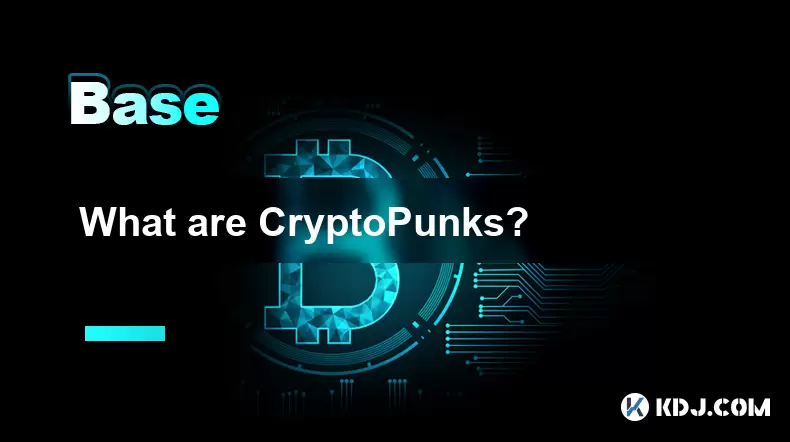
What are CryptoPunks?
Jul 19,2025 at 08:28am
Understanding the Basics of Bitcoin MiningBitcoin mining is the process through which new Bitcoin is introduced into circulation and transactions are ...
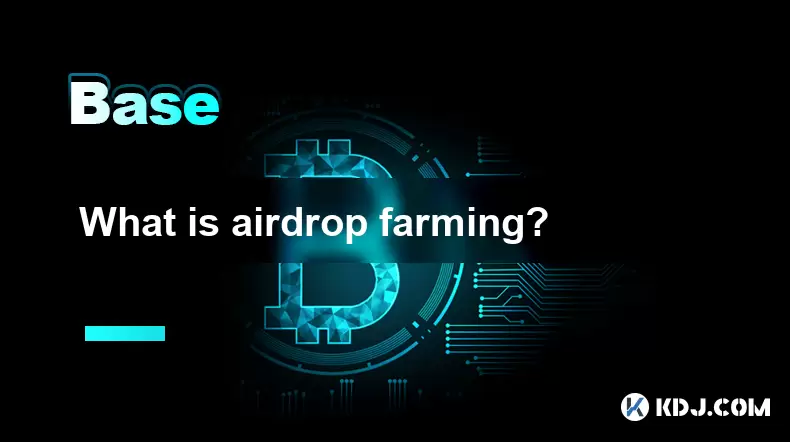
What is airdrop farming?
Jul 19,2025 at 03:56am
What Is Airdrop Farming?Airdrop farming is a term that refers to the process of accumulating tokens or coins through participating in airdrops and yie...
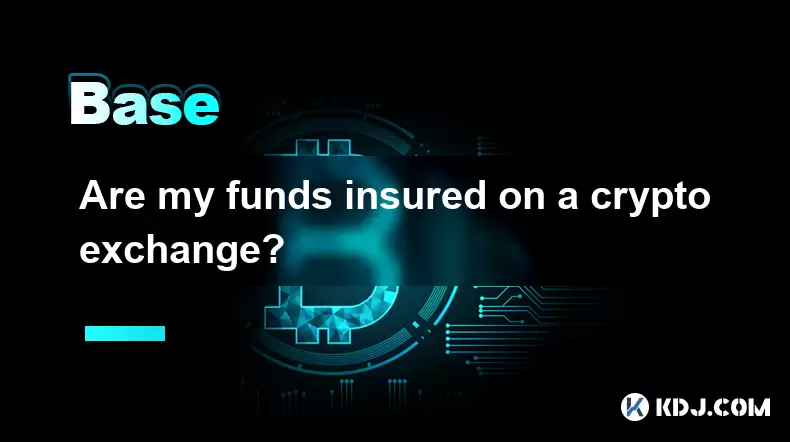
Are my funds insured on a crypto exchange?
Jul 19,2025 at 08:21am
Understanding the Concept of Fund Insurance on Crypto ExchangesWhen users store their digital assets on a cryptocurrency exchange, they often wonder w...

Can cryptocurrency be hacked?
Jul 19,2025 at 12:43pm
Understanding the Vulnerabilities in Cryptocurrency SystemsCryptocurrency, by design, is built on blockchain technology, which is inherently secure du...

What is the Inter-Blockchain Communication Protocol (IBC)?
Jul 19,2025 at 10:43am
Understanding the Inter-Blockchain Communication Protocol (IBC)The Inter-Blockchain Communication Protocol (IBC) is a cross-chain communication protoc...

What to look for in a crypto project's whitepaper?
Jul 19,2025 at 01:42pm
Understanding the Purpose of a WhitepaperA whitepaper is a foundational document for any cryptocurrency project, often serving as the first point of c...

What are CryptoPunks?
Jul 19,2025 at 08:28am
Understanding the Basics of Bitcoin MiningBitcoin mining is the process through which new Bitcoin is introduced into circulation and transactions are ...

What is airdrop farming?
Jul 19,2025 at 03:56am
What Is Airdrop Farming?Airdrop farming is a term that refers to the process of accumulating tokens or coins through participating in airdrops and yie...

Are my funds insured on a crypto exchange?
Jul 19,2025 at 08:21am
Understanding the Concept of Fund Insurance on Crypto ExchangesWhen users store their digital assets on a cryptocurrency exchange, they often wonder w...

Can cryptocurrency be hacked?
Jul 19,2025 at 12:43pm
Understanding the Vulnerabilities in Cryptocurrency SystemsCryptocurrency, by design, is built on blockchain technology, which is inherently secure du...
See all articles

























































































